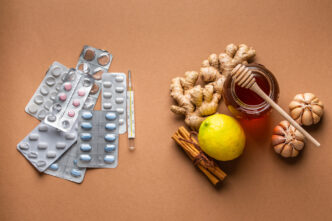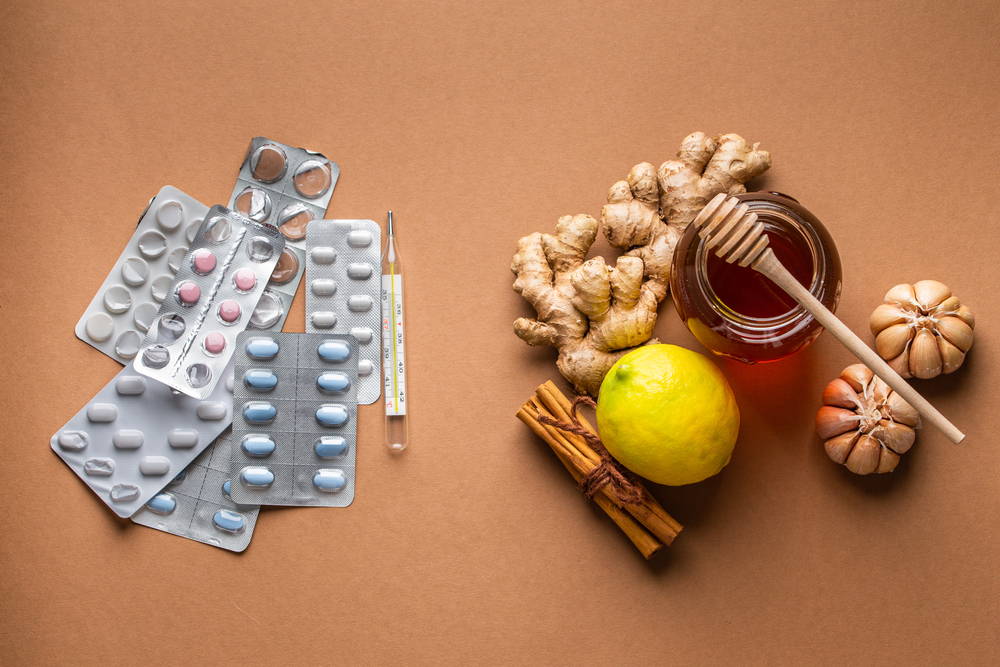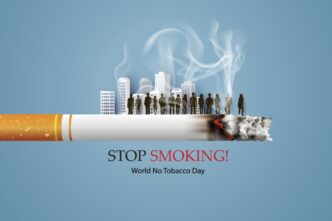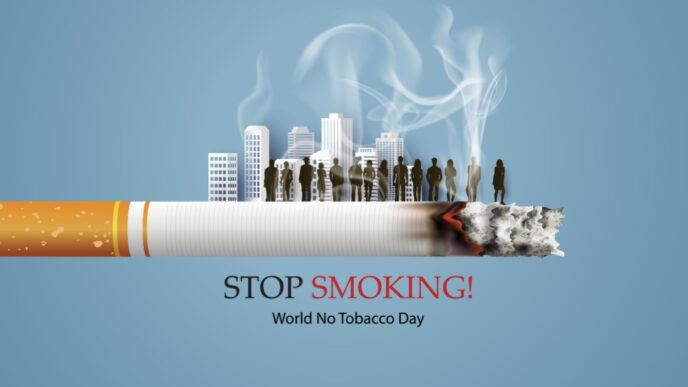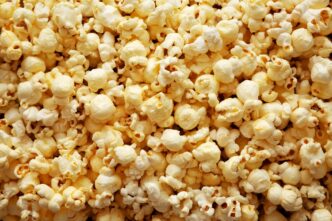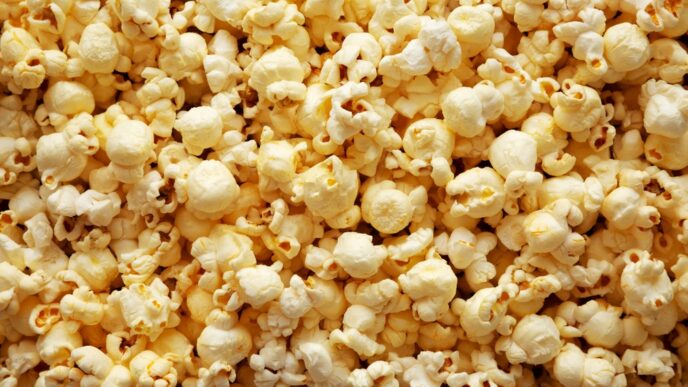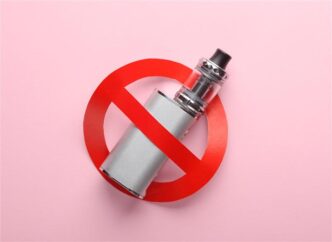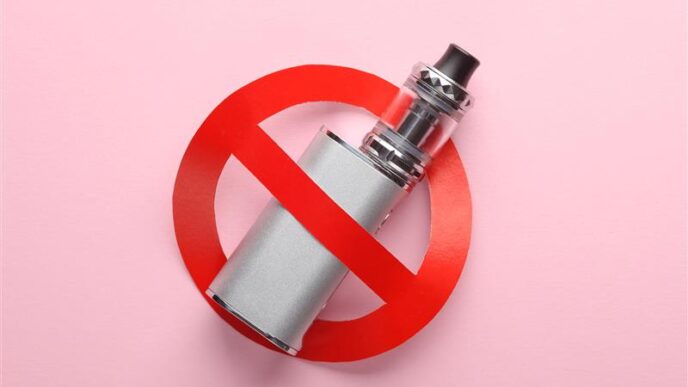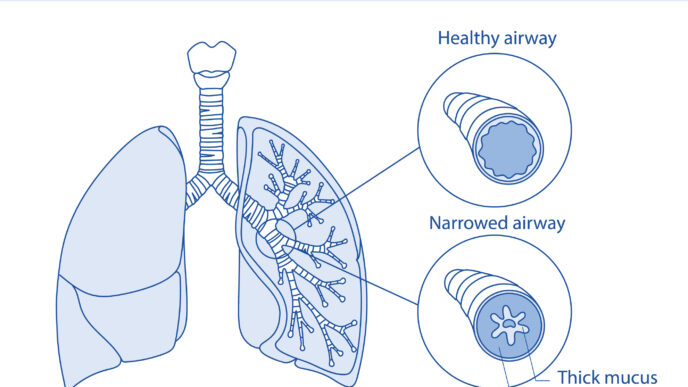Is “natural” always safer? A pharmacist shares an intriguing story about herbal tea, painkillers, and a cholesterol-lowering fungus that changed modern medicine. In the process, discover why natural remedies and pharmaceuticals aren’t always as different as you think and what that means for your health.
WORDS LIM KELVIN
 FEATURED EXPERT FEATURED EXPERTLIM KELVIN Masters in Diabetes Care Pharmacist & Principal Trainer CARiNG Pharmacy |
NATURAL VERSUS CHEMICAL
At a health fair recently, my colleague Amy asked me, “Do you believe in herbal tea? Do you think it works?”
I told her:
“Well, I don’t know if it works in the way you mean, because there’s just not enough scientific research on every single ingredient in the herbal tea you’re drinking.”
I further told her, “However, I do believe it can affect the body, sometimes in ways similar to medicines.”
Amy wasn’t convinced.
“If it were up to me,” she said, “I’d rather drink herbal tea than to take a painkiller. Herbal tea is natural, while painkiller is a chemical.”
Always up to a good discussion, I then told her, “What if I told you that, with enough research, we might find that some of the compounds in your tea work exactly like your preferred painkiller?”
She looked skeptical.
I understand that.
Most people think of medicines and natural remedies as opposites. One is natural, one is chemical, and the natural option is always “better”.
In reality, the line between the two is blurrier than you’d expect.
SAME COMPOUNDS, DIFFERENT LABELS
Let me share a real-world example.
If you have high cholesterol, your doctor might prescribe a statin, one of the most widely used medicines to prevent heart attacks and strokes since the 1980s.
The first statin ever approved was lovastatin.
It wasn’t invented in a lab from scratch; it was discovered in 1978, when scientists found a compound in a type of fungus, Aspergillus terreus, that could lower cholesterol in humans.
After years of testing, it was launched in 1987 and is still available to this day.
Now here’s the interesting part.
As pharmaceutical companies raced to develop similar drugs, researchers started examining traditional supplements.
This includes one red yeast rice.
It’s long been used in traditional medicine and known to contain various biologically active compounds.
What did scientists find? A compound called monacolin K.
Upon further analysis of the compound, these scientists found that monacolin K is chemically identical to lovastatin!
That means when someone takes red yeast rice to manage cholesterol, they’re essentially consuming the same active molecule as prescription lovastatin, just in a less regulated, less consistent form.
WHAT DOES THIS MEAN TO YOU AND ME?
The red yeast rice example makes an important point:
Natural herbs contain bioactive compounds that can act just like pharmaceutical drugs.
The difference is that medicines are studied, tested, and regulated for safety, dosage, and effectiveness.
Herbal products however are not always subject to such stringent measures.
That’s not to say herbs are useless or dangerous. Many have valuable health effects.
But it’s worth remembering that “natural” doesn’t automatically mean “safe”, just like how “medicine” doesn’t automatically mean “harmful”.
Both natural remedies and pharmaceuticals exist on the same spectrum of chemistry: one side is carefully studied and standardized, the other often rooted in tradition and variability.
Therefore, before dismissing a medicine as “just a chemical” or assuming a natural product is “harmless”, it pays to understand what you’re really putting into your body!
| This article is part of our series on issues related to the pharmaceutical industry. |

